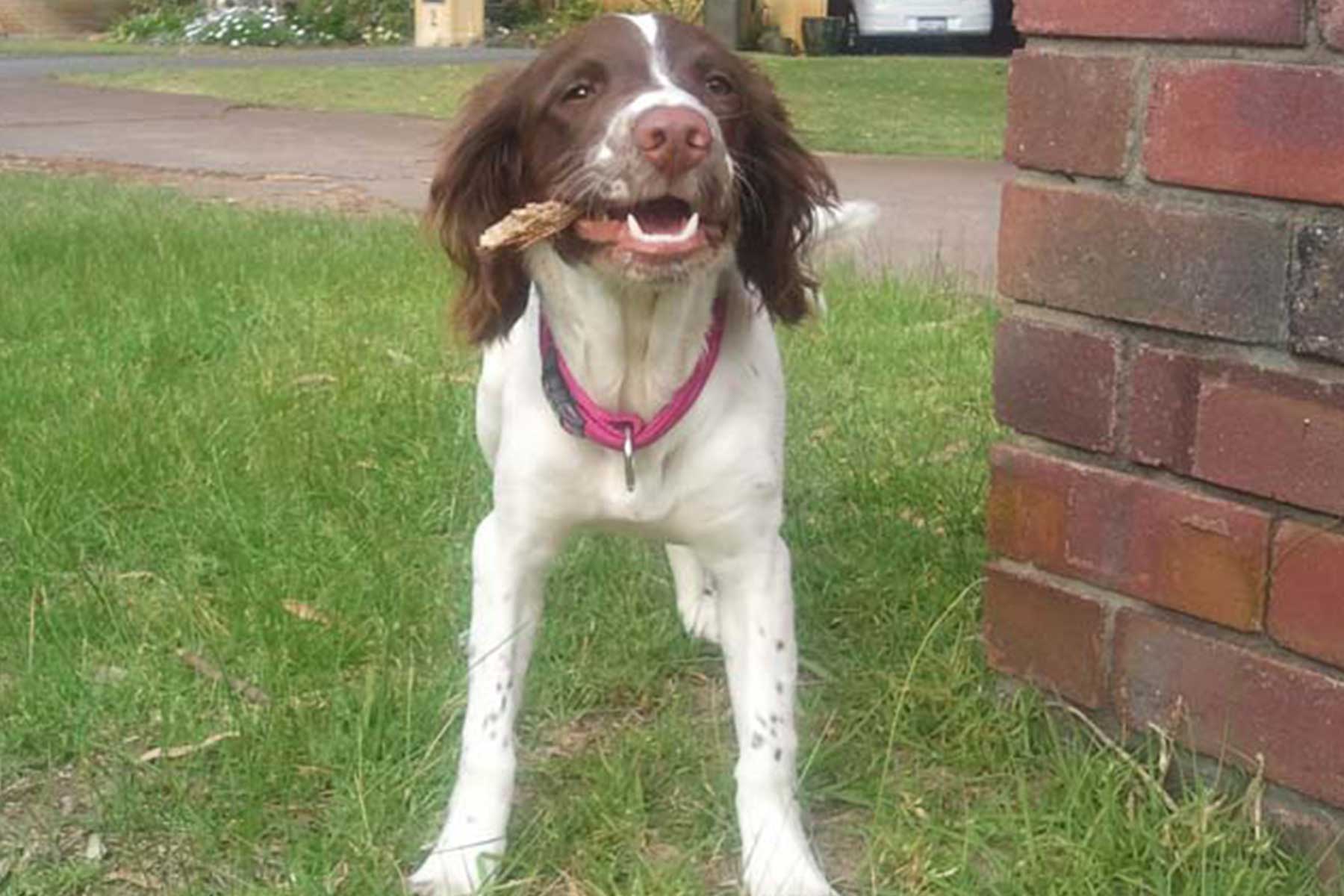This month, we have selected little Zoe as our patient of the month! Zoe is a gorgeous 12 year old Shih Tzu who loves her walks along the beach. Unfortunately this is what led to her visit in hospital after she picked up and chewed on a poisonous blowfish.
Zoe was walking with her owner, Edna, when she came across a blow fish – usually something we might expect more of in the summer months. Zoe promptly picked up the fish and started chewing on it. Edna was aware that blowfish are toxic and attempted to get the fish from Zoe, but she was too quick, and swallowed a large piece. Zoe had swallowed a blow fish once previously as a puppy, but that time had luckily vomited the whole fish back up and suffered no ill effects. Her owner was very hopeful that this might be the case again. This time she was not so lucky. Biting down on the fish had started the release of very toxic Tetrodotoxin.
Blowfish are amongst the most toxic vertebrates in the world. Their extreme level of toxicity is due to Tetrodotoxin, a potent poison which they store in their skin and internal organs. The toxin works by essentially freezing the nerves of the body in an ascending pattern – usually starting at the back legs and and progressing forwards in the body. If the lethal dose is ingested, this paralysis will reach the muscles needed for breathing and can cause death.
Thanks to Edna’s quick thinking, Zoe presented to Vetwest Carine within 20 minutes of ingesting the fish. Zoe was still able to walk at that time, but was already very shaky, dizzy, panting heavily, and her gums were dry and pale. She had a fever, and the reflex that makes our pupils constrict when we see bright light (her pupillary light reflex) was absent. We made Zoe vomit straight away and she brought up half of the fish, but unfortunately she had already absorbed the toxin. Once we were sure she was not going to bring up any more of the fish, we stopped her from vomiting. We started Zoe on high rates of intravenous fluid therapy, and started addressing her increasing body temperature with cool towels.
Within 5 minutes of arriving at the hospital, poor Zoe could no longer stand and had lost the use of her back legs. Her breathing was becoming very shallow.
We started Zoe on intravenous treatment with a fat based medication called Intralipid which works by binding the toxic agent and reversing the effects the toxin has on the nerves. Thankfully she started responding within 15 minutes of her first dose. She became brighter, and her reflexes and breathing started to improve. With time and repeated doses every 15 minutes, Zoe’s breathing returned completely to normal. She regained the use of her back legs and her temperature returned to normal. Within about 2 hours of starting the Intralipid therapy, little Zoe was standing up. She was still sleepy, dizzy and obviously not feeling quite normal, but she continued to improve throughout the afternoon. By the time Zoe left the clinic that evening, she was walking out all on her own by Edna’s side. She was a fantastic patient, and had a very fortunate outcome from a potentially deadly toxin.
Zoe is a great example of why we all wish we could tell dogs not to eat everything that smells interesting when they are out and about – and why you should always contact us right away if your four legged family member does gobble up something they shouldn’t!











